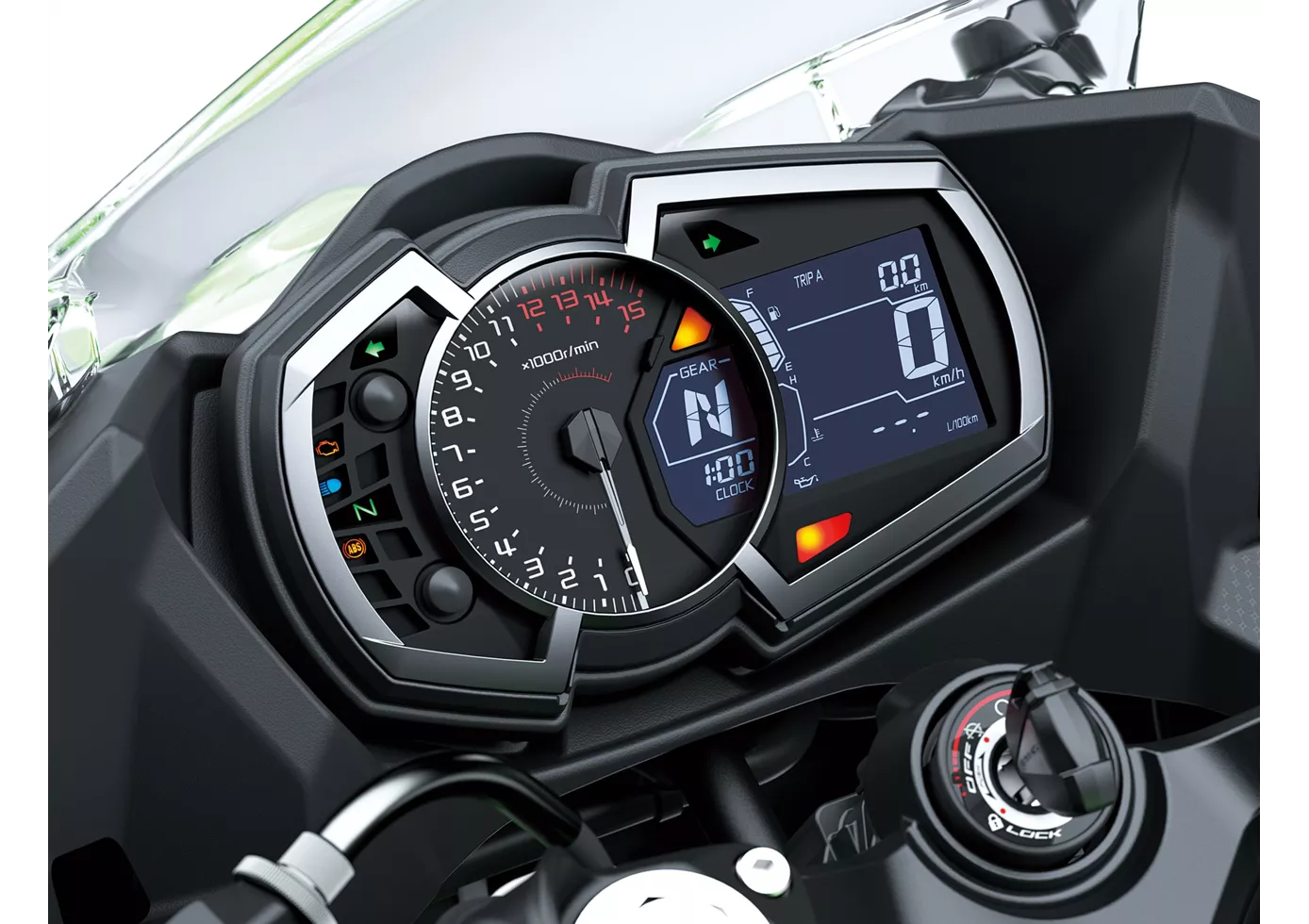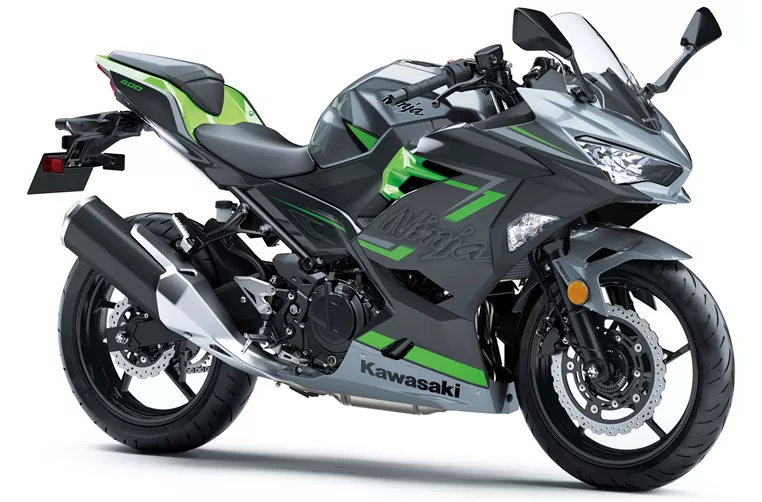Kawasaki Ninja 400 2019 vs. Yamaha YZF-R6 2019

Kawasaki Ninja 400 2019

Yamaha YZF-R6 2019
Technical Specifications Kawasaki Ninja 400 2019 compared to Yamaha YZF-R6 2019
Pros and Cons in comparison
Pros and Cons in comparison
Kawasaki Ninja 400 2019

In summary, the Ninja 400 could be described as the perfect entry into the supersport world. You can't get more power with A2, the looks suggest much more power, the vehicle is playful to ride, is forgiving in every respect and still allows a really sporty riding style. Those who had legitimate concerns about the lack of power on the various 250 cubic machines now have no more excuses. Ninja 400, it's good to have you!
Yamaha YZF-R6 2019

It almost seems as if the Yamaha YZF-R6 was born on the race track. It is easy to see that the R6 is the little sister of the YZF-R1. Whether it's the design, the ergonomics, the braking or the electronic aids - the racing genes are everywhere! The R6 is an outstanding piece of engineering in the 600cc class and, depending on your preferences, is probably the best 600cc bike currently available - at least for the racetrack. The Yamaha gives the rider unbelievably high precision and feedback over the front wheel and the chassis, and is super manageable at the same time! The engine is extremely rev-happy, but also wants to be kept happy. It is a pity that the latest version of the R6 has lost some of its power due to Euro 4... Nevertheless, it will be the faster track bike for most of us. And if there is a need, an open exhaust system (without road homologation) and mapping can tickle a few more horsepower out of the super sports bike. Sharp design meets even sharper components - TOP!

